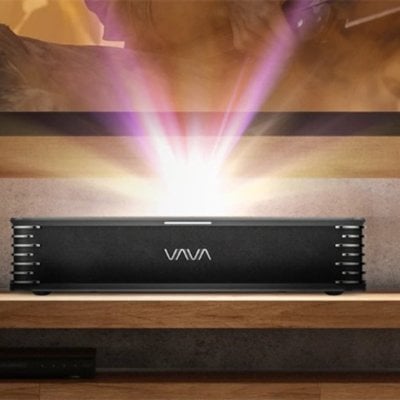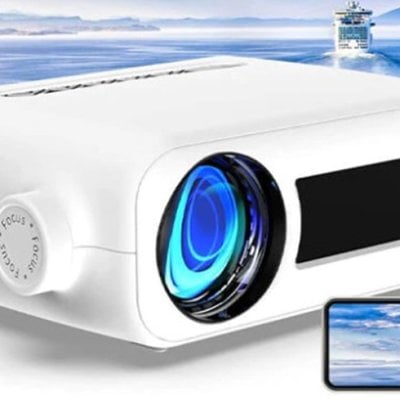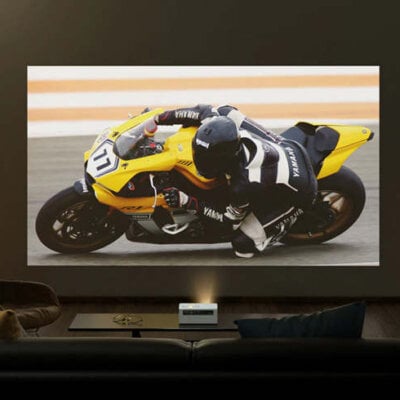There are three mainstream projection technologies on the projector market, including 3LCD, DLP, and LCOS. This article will introduce them one by one, helping you know more about their differences.
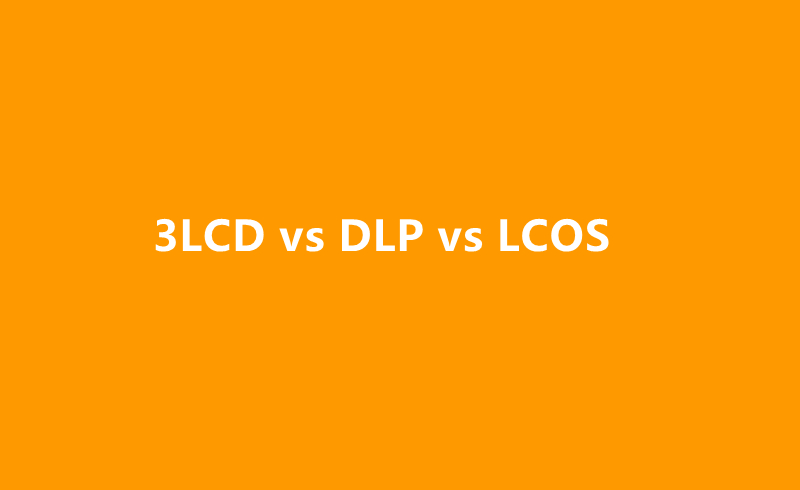
3 LCD
The red, green, and blue liquid crystal panels are used as the control layer of red, green, and blue light respectively. Red, green, and blue are the three primary colors.
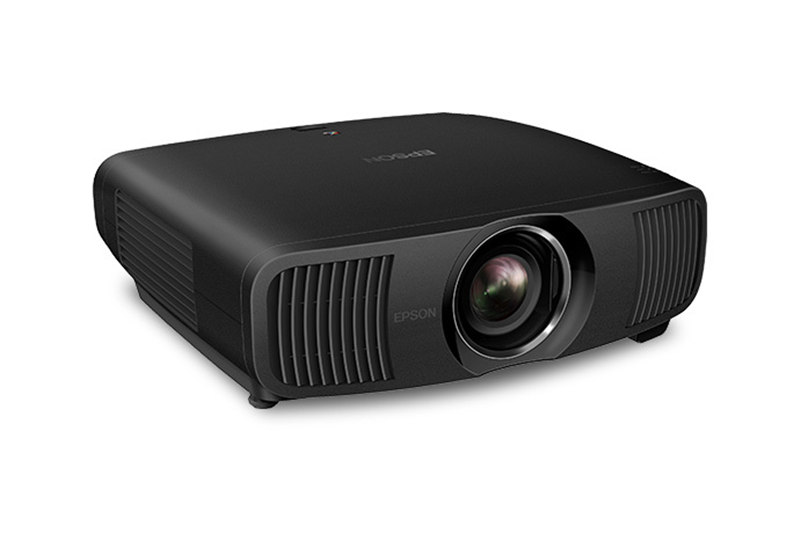
The white light emitted by the light source converges through the lens group and reaches the beam splitter. The red, green, and blue lights are separated and projected onto the independent liquid crystal panel. The corresponding pixels on the liquid crystal panel receive the electronic signal from the signal source and present different transparency. With different transparency of each pixel, the image is generated. A monochromatic image is projected from a convergent prism onto a full-color lens.
DLP
The full name of DLP is digital light processing, whose core component is DMD, digital micromirror device. It can display images by controlling the deflection of lenses.
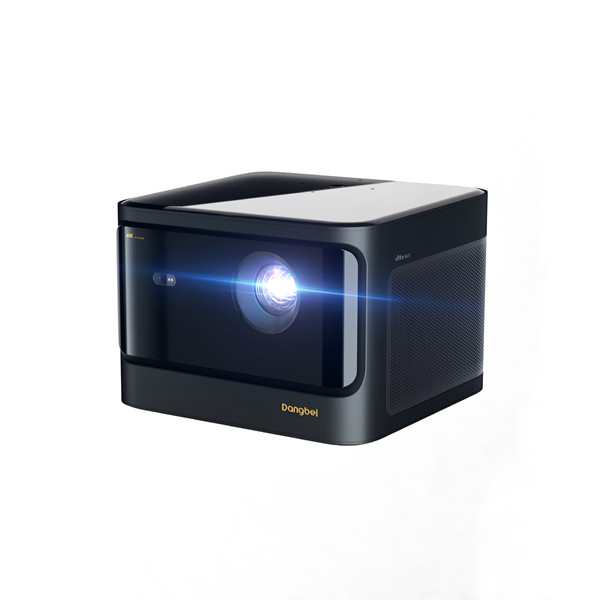
LCOS
The basic principle of an LCOS (liquid crystal on silicon) projector is similar to an LCD projector, but an LCOS projector uses an LCOS panel to control light projection. The LCOS panel takes CMOS chip as the circuit substrate and reflection layer. The liquid crystal is injected between CMOS integrated circuit chip and transparent glass substrate. The CMOS chip is polished and used as a mirror. The light passes through the glass substrate and liquid crystal material and is reflected from the chip surface after dimming.
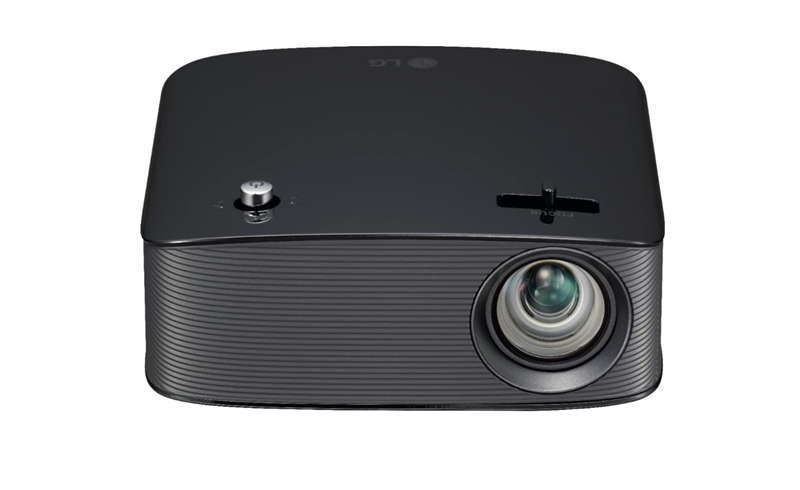
As some inherent technical defects of LCOS technology have not been well solved, this technology can’t be greatly developed in a short time.
Related Posts
3LCD vs LCOS vs DLP Projector: Pros and Cons Introduction
DLP and LCD Projector which is better?
What Is DLP?
What is ALPD Technology?
What is LCOS Projection Technology?
Everything You Should Know About LCD


